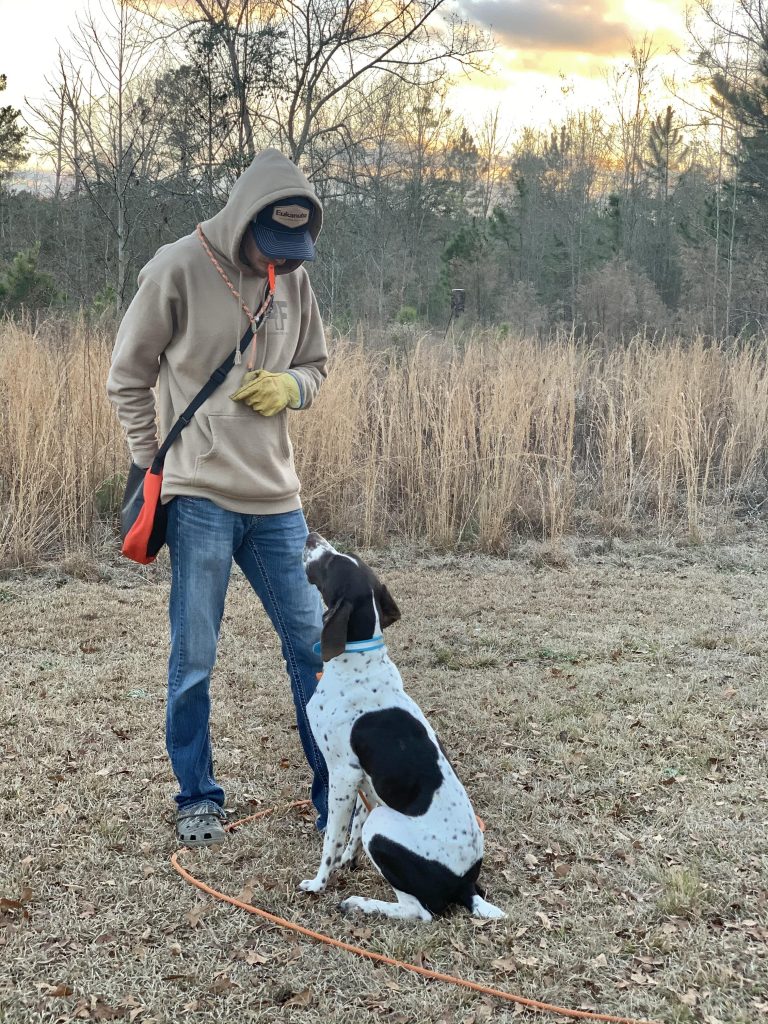We all know and love the common grey roll of duct tape. I’m sure most of us have a roll somewhere in the house and have used it for purposes it wasn’t designed for. I know I have!
But the question I’m asking today is this; is it a tool that should be used in dog training?
Now you might be asking what is this crazy person using duct tape for? For a cheap version of dog boots? To hold a beloved retrieving bumper together? The answer to both of those is actually no, although both have been done before.
It’s actually not used on or for the dog at all. It’s a tool used on the trainer/handler. I was once told by several seasoned gentlemen that the best thing to say to a dog is nothing at all. More times than not this is hard for us handlers and trainers to do as we are human beings. We communicate through tone and voice on a daily basis. People know when we are excited, upset, nervous, or angry all through the tone of our voice; this is true with dogs as well. In fact dogs feed off of the tone in our voice more. As trainers we often use commands way more then needed and when a dog isn’t comprehending with what we are asking of it we tend to change the tone in our voice and it affects their outcome even more.
So then how does this affect the training I do with my dog?
In the upland industry we use a common command known as “woah”. It’s a command given verbally and notifies the dog to steady up or stop all together. When a dog goes on point the command is usually given to ensure he/she doesn’t break that point. Now, if you’re anything like me and watch a dog go on point you become a kid on Christmas morning jumping up and down on your parents bed! You’re full of excitement and joy and have hopes of getting a shot at whatever is on the other end of that point. When all of that happens and if we excitedly say “woah'' that excitement will come out heavily in the tone of our voice or it will be said repetitively. In return this excited tone in our voice could lead to a dog busting a covey of birds before we are ready for the shot. This relays heavily back to your training sessions. If those commands are given repetitively or with a different tone of voice this causes a lot of confusion which can easily lead to frustration.
This is where the duct tape comes into play. Sometimes it’s best to just simply shut up and let the dog learn through body language and cues. There have been several times in training sessions where I find myself becoming repetitive with what I say and I remind myself I need to zip it and let the dog learn through repetitions.
So the next time you go to gear up for a training session or find yourself becoming burnt out on teaching a dog a new command. Remember that it’s okay to say nothing at all and have the dog read what you’re saying through your body language.
I’ll leave you with this quote someone once told me; “How do you make a dog listen; by not saying anything.”
Jacob Shipley
Full Flight Kennels







